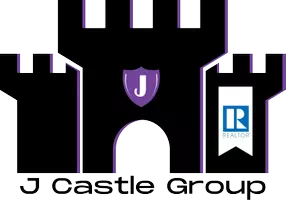How to Build a Craft Space That’s Both Fun and Functional

A craft area gives kids a place to be creative and have fun. When designing the space, think about how it will be used. Kids might draw, paint, build, or make things with glue and scissors. The area should handle different types of messes. A hard surface table is a good choice, easy to wipe and clean. Choose chairs that are sturdy and fit your kids’ height. Add open bins for crayons, markers, paper, and other supplies. Keep everything within their reach to help them be independent. Use a pegboard or wall organizers for tools like scissors and rulers. Labeling bins can make clean-up easier. The space doesn’t have to be big, just well thought out. Even a corner of a room can work if it’s set up right.
Lighting is important too. Natural light is great, but a good desk lamp works if windows aren’t nearby. A well-lit space helps kids see what they’re doing and makes projects easier. Make sure there are outlets if they’ll be using glue guns or other tools. Add a mat or rug underneath to catch spills or protect the floor. If the space is shared, include a storage solution so items can be tucked away when not in use. You can use a rolling cart or shelf with labeled bins. Hang kids’ art on a bulletin board or wire with clips. It gives them pride in their work and brightens the space. Use neutral walls but add color with supplies and finished crafts. This keeps it feeling cheerful but not overwhelming. A small stool or step ladder can help kids access higher storage. Keep safety scissors and kid-safe supplies on lower shelves.
A multipurpose setup lets the space grow with your child. You might start with coloring books and stickers, but later they may want to try painting or model kits. Plan the space to change easily with their interests. Avoid permanent fixtures unless you know they’ll always use them. A fold-out table or storage unit can help the space stay flexible. Use bins or drawers that slide in and out. Create different zones for different activities if there’s room. For example, one side for art, another for building blocks or puzzles. This helps kids focus and keeps the area organized. Choose supplies that can be used in multiple ways. Paper, glue, and string can be part of many projects. Encourage your child to keep the area tidy by including them in setup decisions. The more involved they are, the more likely they’ll take care of it.
A good craft area supports learning and creativity. It doesn’t need to be fancy or expensive to be useful. Start with the basics and adjust over time. Watch how your kids use the space and what they enjoy most. Be open to moving things around to fit their needs. Ask them what works and what doesn’t. Their feedback helps make the area more fun and usable. Keep things simple and avoid clutter. Rotate supplies to keep things fresh. Store less-used items elsewhere and switch them out now and then. Celebrate finished projects with displays or small “gallery” walls. A well-used craft space becomes a favorite spot for both quiet time and fun.
Lighting is important too. Natural light is great, but a good desk lamp works if windows aren’t nearby. A well-lit space helps kids see what they’re doing and makes projects easier. Make sure there are outlets if they’ll be using glue guns or other tools. Add a mat or rug underneath to catch spills or protect the floor. If the space is shared, include a storage solution so items can be tucked away when not in use. You can use a rolling cart or shelf with labeled bins. Hang kids’ art on a bulletin board or wire with clips. It gives them pride in their work and brightens the space. Use neutral walls but add color with supplies and finished crafts. This keeps it feeling cheerful but not overwhelming. A small stool or step ladder can help kids access higher storage. Keep safety scissors and kid-safe supplies on lower shelves.
A multipurpose setup lets the space grow with your child. You might start with coloring books and stickers, but later they may want to try painting or model kits. Plan the space to change easily with their interests. Avoid permanent fixtures unless you know they’ll always use them. A fold-out table or storage unit can help the space stay flexible. Use bins or drawers that slide in and out. Create different zones for different activities if there’s room. For example, one side for art, another for building blocks or puzzles. This helps kids focus and keeps the area organized. Choose supplies that can be used in multiple ways. Paper, glue, and string can be part of many projects. Encourage your child to keep the area tidy by including them in setup decisions. The more involved they are, the more likely they’ll take care of it.
A good craft area supports learning and creativity. It doesn’t need to be fancy or expensive to be useful. Start with the basics and adjust over time. Watch how your kids use the space and what they enjoy most. Be open to moving things around to fit their needs. Ask them what works and what doesn’t. Their feedback helps make the area more fun and usable. Keep things simple and avoid clutter. Rotate supplies to keep things fresh. Store less-used items elsewhere and switch them out now and then. Celebrate finished projects with displays or small “gallery” walls. A well-used craft space becomes a favorite spot for both quiet time and fun.
Categories
Recent Posts
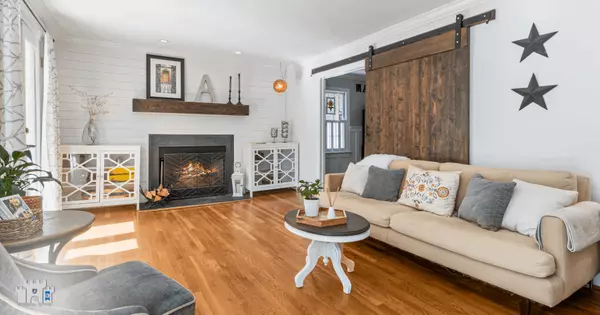
Building a Routine That Keeps Your Home in Shape
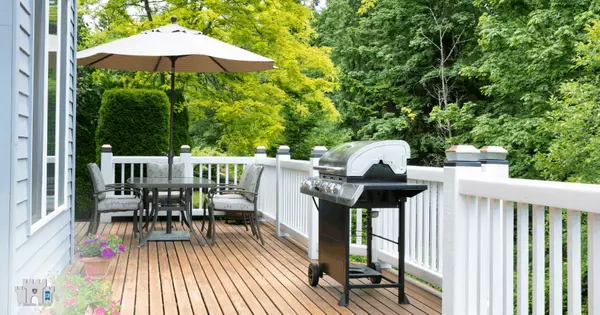
Simple Deck Care Tips for Homeowners
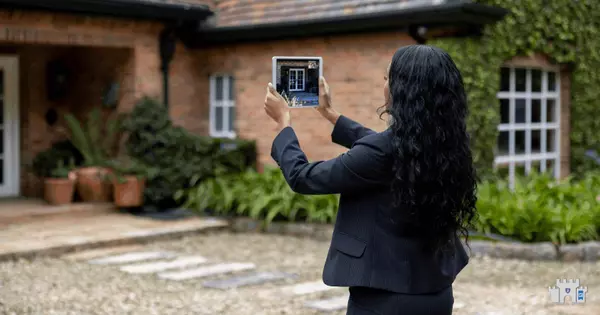
How Video Walkthroughs Improve Real Estate Marketing
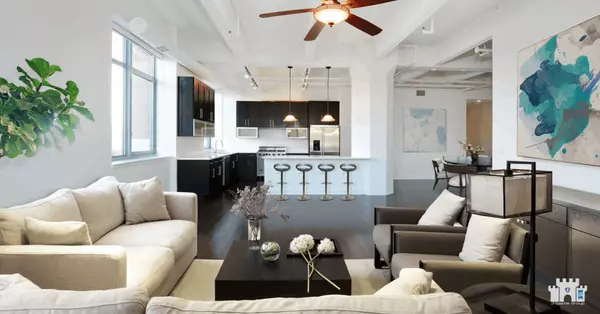
Last-Minute Buyer Requests: A Seller’s Guide
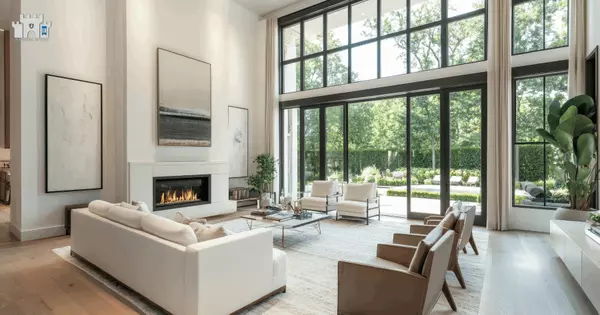
Why Natural Light Matters When Choosing a Home
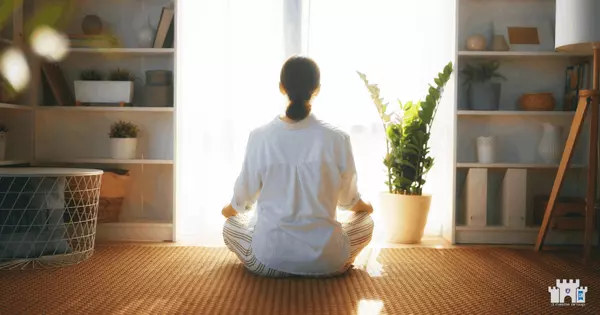
Why Wellness Spaces Appeal to Buyers
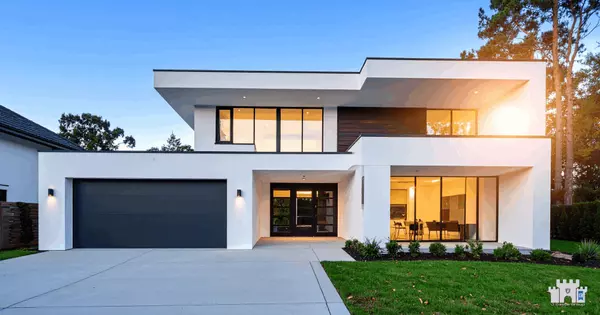
Is Less Grass Better for Homeowners?

Making Flexible Floor Plans Work in Marketing
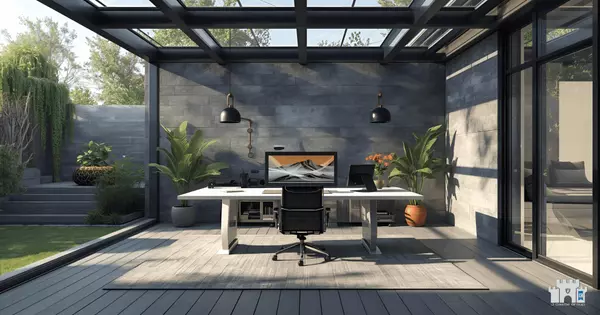
How to Market a Home With Outdoor Workspaces

Planning a Simple and Affordable Housewarming Party
GET MORE INFORMATION

Kenneth Jamaca
Managing Broker | REALTOR | License ID: 02080040
+1(925) 413-1849 | kenneth@jcastlegroup.com
